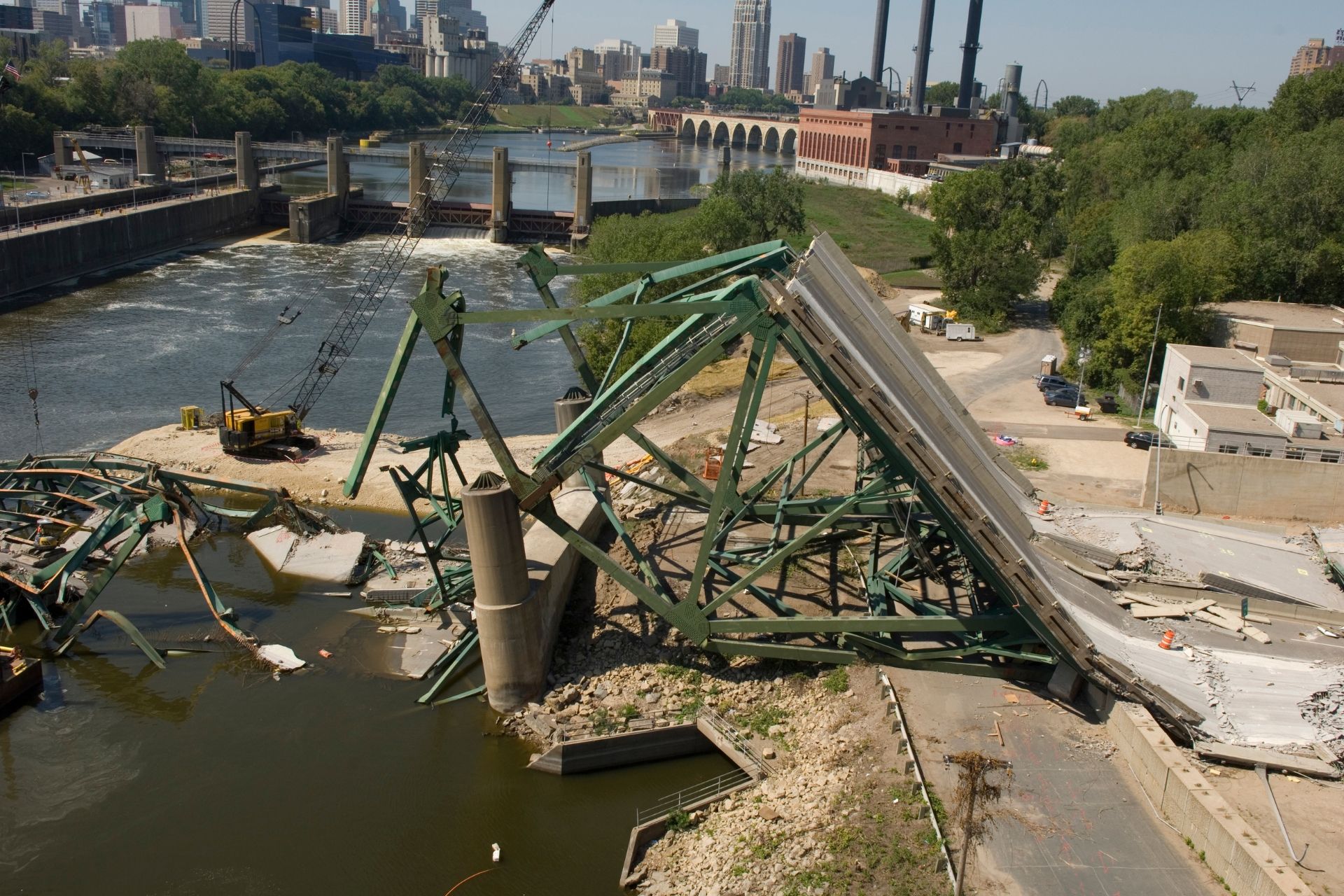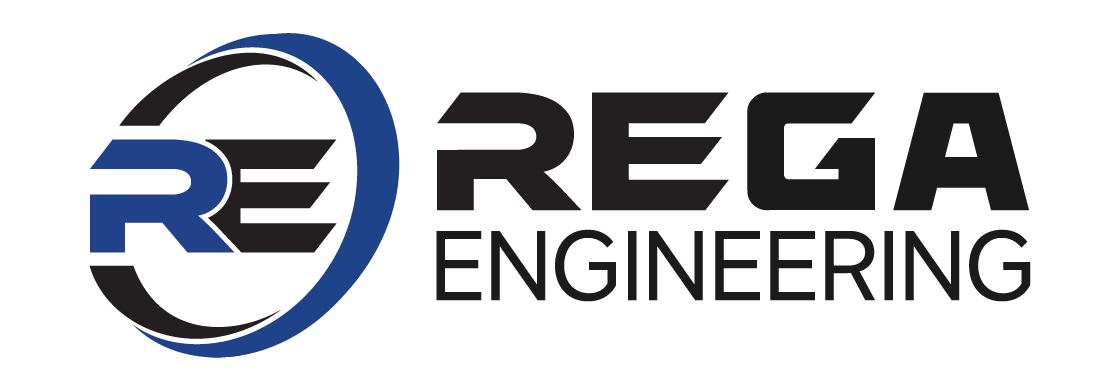What Is Forensic Engineering?
Share:
Engineering is a broad field that includes several specializations. One of the most critical is forensic engineering, which involves the investigation of product risks, equipment failures, and structural accidents. Forensic engineers often analyze evidence, conduct primary research, and provide expert testimony for insurance claims and court proceedings. They also help companies identify safety risks before faulty products cause widespread harm. Allow us to explain exactly what forensic engineering is and how extensively it impacts modern life.
Forensic engineers often determine what caused an incident to occur.
Forensic Engineering
Forensic engineering is a branch of applied science that combines the fields of law, forensics, and engineering. It applies scientific principles to examine manmade structures and systems for defects, hazards, and points of potential failure. Forensic engineering is useful for investigating transportation accidents, sudden structural disasters, and flaws during new product development.
For example, when a bridge collapses, forensic engineers may seek to identify exactly what failed and why. Was the collapse caused by a natural disaster, defective materials, or simply poor construction? These questions are often answered by analyzing the structure and its components with specialized techniques such as nondestructive testing and failure mode and effects analysis.
Forensic engineering also applies to various consumer products. Children’s toys, electrical appliances, essential medical devices, heavy machinery, and even hand tools may warrant investigation, especially during development. However, sometimes forensic engineers discover major safety-critical defects after a product is released to the market. Companies often recall a product if forensic engineers deem it to be too toxic or hazardous for public use.
What Does a Forensic Engineer Do?
A forensic engineer’s job is often to determine what happened during an incident by studying evidence. This evidence may include structural components, materials, equipment, photographs, video footage, and data from a wide variety of sources. Their analysis helps to identify the root cause of the incident and whether it was due to negligence. The information gathered may aid in civil lawsuits and criminal investigations.
Forensic engineers may also use their expertise to develop safety plans for organizations. They review existing safety protocols and recommend changes to improve compliance with local laws and industry regulations. By doing so, businesses can reduce the risk of liability for losses resulting from accidents occurring on their premises. Forensic engineers may also provide consulting services related to product design to ensure products are safe for public use.
Forensic engineers may be proficient in multiple distinct fields including mechanical engineering, electrical engineering, chemical engineering, and civil engineering—to name just a few. They must also have strong communication skills to effectively describe their findings both in written reports and verbal presentations. Like many other branches of engineering, this field utilizes countless cutting-edge software applications to collect, document, analyze, and report relevant data.
Why Is Forensic Engineering Important?
Forensic engineering plays a vital role in litigation by providing evidence that can help resolve disputes between parties involved in a case. For example, product failures due to faulty materials, poor design, or insufficient testing can lead to costly lawsuits and even civil or criminal charges. However, forensic engineers can provide evidence about the cause of the failures that may absolve a consumer or manufacturer of liability.
Additionally, forensic engineers often work with insurance and risk management professionals. They may help to determine if damages were or may be caused by an “Act of God” (i.e., severe weather) or other external factors beyond control. This plays a key role in managing claims, supporting investigations, and controlling settlement costs.
Forensic engineers also work to improve public safety by providing insights into how systems fail. By studying failures in detail, forensic engineers develop guidelines for designing safe structures that can withstand extreme conditions. Plus, they often consult on new projects to ensure designs meet safety standards established by industry regulators and government agencies.
Ask Us about Forensic Engineering
Forensic engineering is a fascinating field that combines multiple disciplines to solve complex problems and support critical investigations. These engineers provide valuable insight into systems to enhance public safety, improve product designs, and build tougher structures over time.
We’re the Midwest’s go-to civil engineering firm, and we gladly provide forensic engineering services for companies, attorneys, risk managers, and insurance claims adjustors. In fact, we founded the Investigative Engineers Association® of Nebraska to offer our expertise in over 150 categories of forensic engineering to our local and national community. If you have any questions about our services, our projects, or civil engineering in general, then please don’t hesitate to contact us today.


